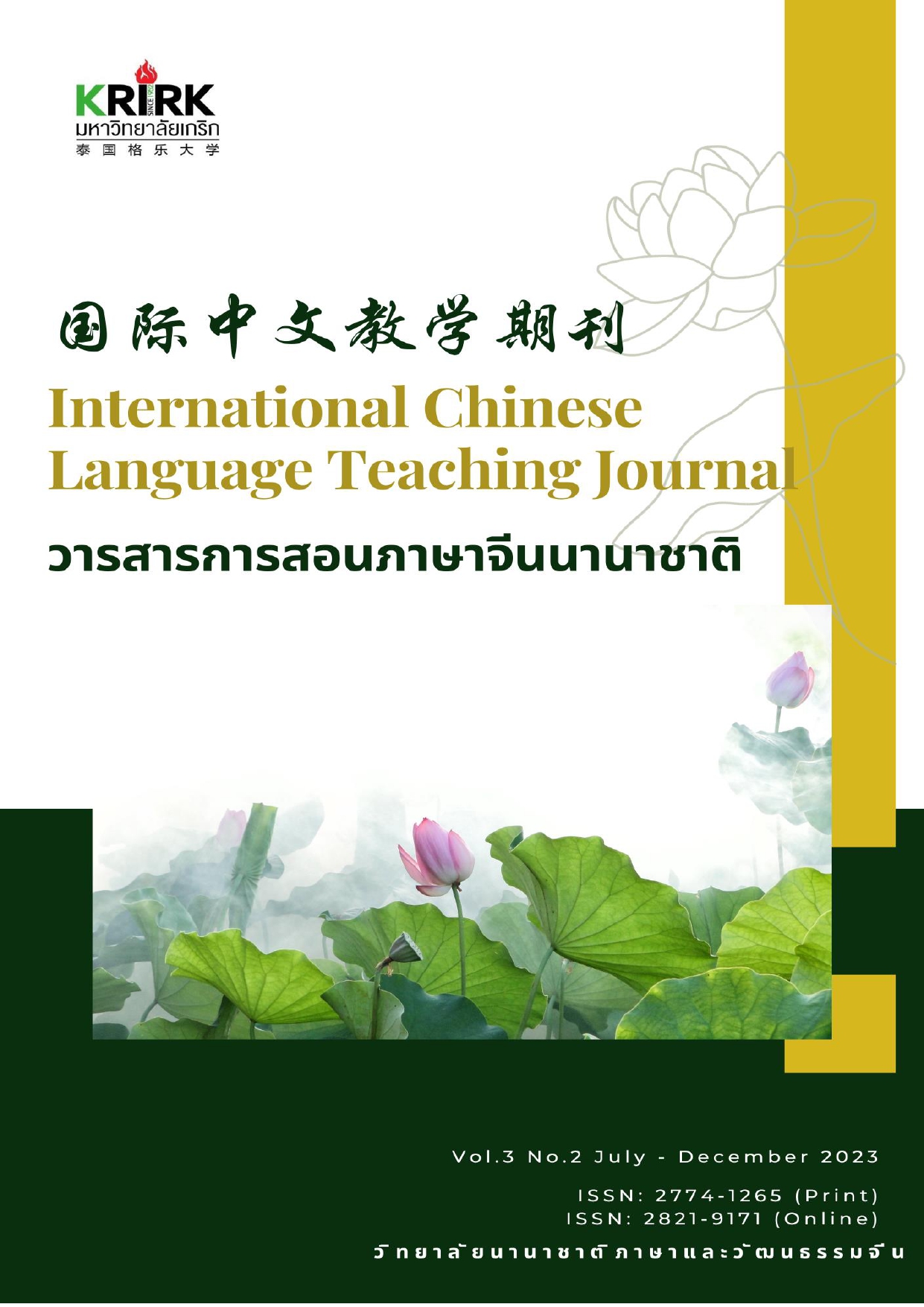RESEARCH ON THE INFLUENCE OF TOP MANAGEMENT TEAMS OF TRANSACTIVE MEMORY SYSTEM ON ORGANIZATIONAL IMPROVISATION
关键词:
Improvisation, Transactive Memory System, Organizational Memory, Dynamic Capabilities, Complementary Assets摘要
Based on the realistic background of cross-industry competition, this paper commences with the cognitive structure of enterprises, takes organizational memory that influences corporate decisions as the intermediary bridge, regards complementary assets as the innovation resources provided by enterprises, and discusses the influential mechanism of the top management team of the transactive memory system on organizational improvisation through the method of combining theoretical and empirical research. This paper has important practical significance for theoretical workers to enhance their in-depth understanding of the role and value of the top management team of the transactive memory system, and the effective use of improvisation in industry competition to improve core competitiveness has important practical significance.
参考
Brandon, D. P., & Hollingshead, A. B. . (2004). Transactive memory systems in organizations: matching tasks, expertise, and people. Organization Science, 15(6), 633-644.
Christmann P.(2000). Eiffcts of“Best Practices” of Environmental Management on Cost Advantage: The Role of Complementary Assets. Academy of Management Journal,p.43(4):663-680
Crossan, M. M. , & Hurst, D. K. . (2006). Strategic renewal as improvisation: reconciling the tension between exploration and exploitation. Advances in Strategic Management, 23(23), 273-298.
Cunha, M. , Cunha, J. V. D. , & Kamoche, K. . (2003). Organizational improvisation: what, when, how and why. International Journal of Management Reviews, 1(3), 299-341.
Guo Yongfeng. (2013). The logic of enterprise strategic transformation. Modern Management Science (1), 3.[in Chinese]
Hopkins, M., & Nightingale, P. . (2006). Strategic risk management using complementary assets: organizational capabilities and the commercialization of human genetic testing in the UK. Research Policy, 35(3), 355-374.
Lewis, & Kyle. (2003). Measuring transactive memory systems in the field: scale development and validation. Journal of Applied Psychology, 88(4), 587.
Lewis, K. , & Herndon, B. . (2011). Transactive memory systems: current issues and future research directions. Organization Science, 22(5), 1254-1265.
Li Tuochen, Qiao Lin, & Yang Ping. (2018). Study on the mediation role of —— supply chain flexibility and the regulating role of the transactive memory system. Nankai Management Review (4), 74-84.[in Chinese]
Moorman C,& Miner A S..(1998). Organizational improvisation and organizational memory. Academy of Management Review, 23(4),p.698-723.
Nevo, D., & Wand, Y. . (2005). Organizational memory information systems: a transactive memory approach. Decision Support Systems, 39(4), 549-562.
Rothaermel, F. , & Thursby, M. . (2005). University-incubator firm knowledge flows: assessing their impact on incubator firm performance. Research Policy, 34(3), 305-320.
Sarkar, M. B. , Echambadi, R. , Cavusgil, S. T. , & Aulakh, P. S. . (2001). The influence of complementarity, compatibility, and relationship capital on alliance performance. Journal of the Academy of Marketing Science, 29(4), 358-373.
Wen Zhonglin, & Ye Baojuan. (2014). Mediated mediation model testing method: competition or replacement? Psychology, 46 (5), 714-726.[in Chinese]
Yoo, Y., & Kanawattanachai, P. . (2001). Developments of transactive memory systems and collective mind in virtual teams. International Journal of Organizational Analysis (1993 - 2002), 9(2), 187-208.
Zhang, Y. , & Haiyang, L. I. . (2010). Innovation search of new ventures in a technology cluster: the role of ties with service intermediaries. Strategic Management Journal, 31(1), 88-109.
Zheng Qiangguo, & Zhang Ya. (2019). Review and prospect of Improvisation research in enterprises. Guangxi Quality Supervision Guide (6), 2.[in Chinese]
##submission.downloads##
已出版
##submission.howToCite##
期
栏目
##submission.license##
##submission.copyrightStatement##
##submission.license.cc.by-nc-nd4.footer##





